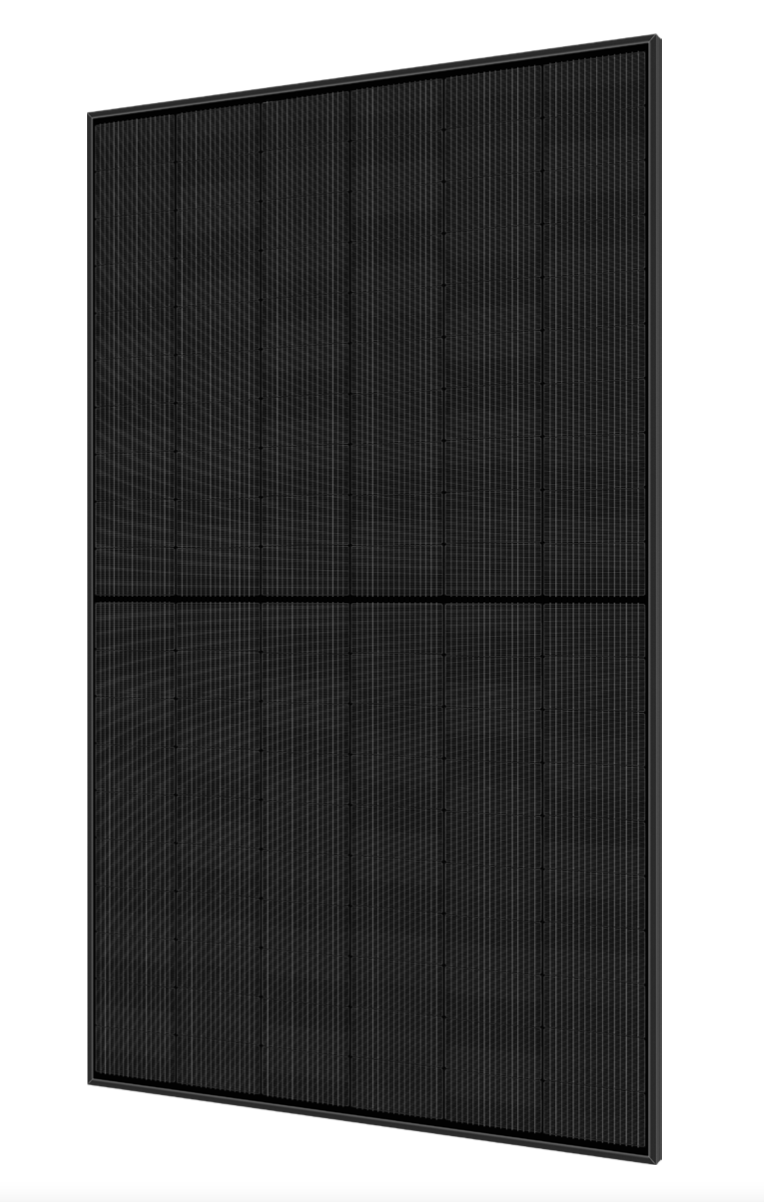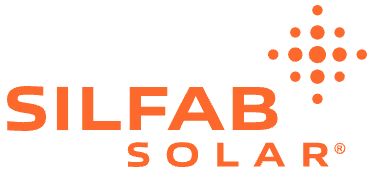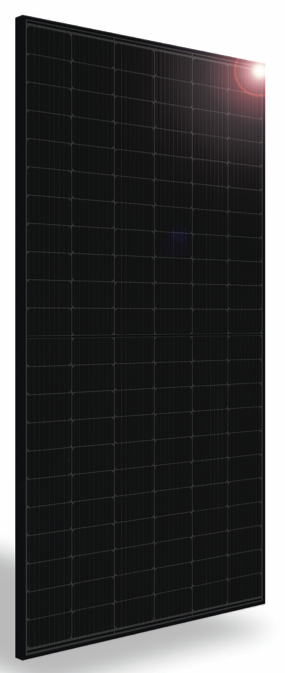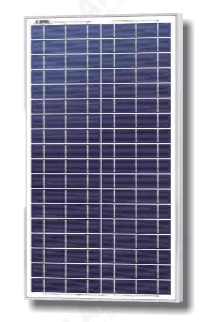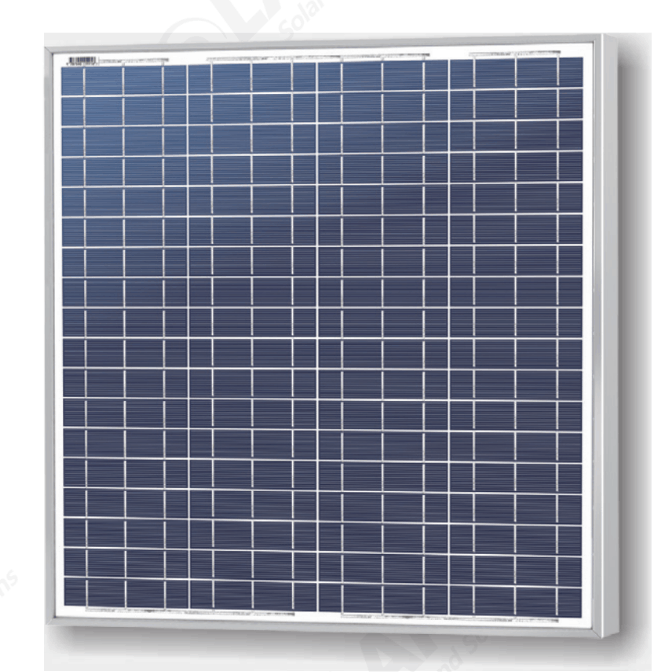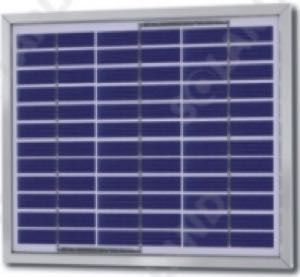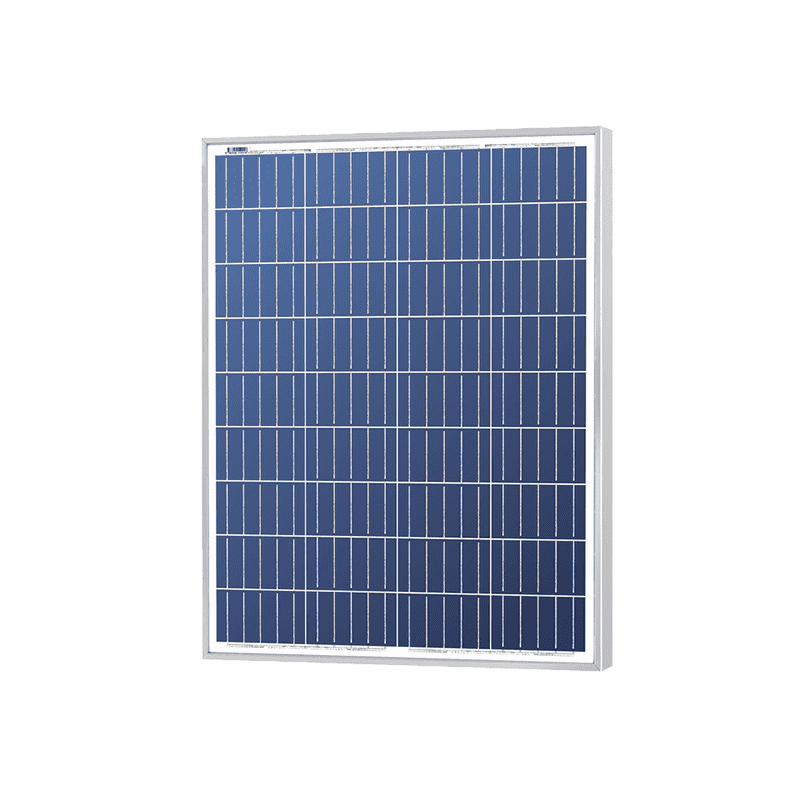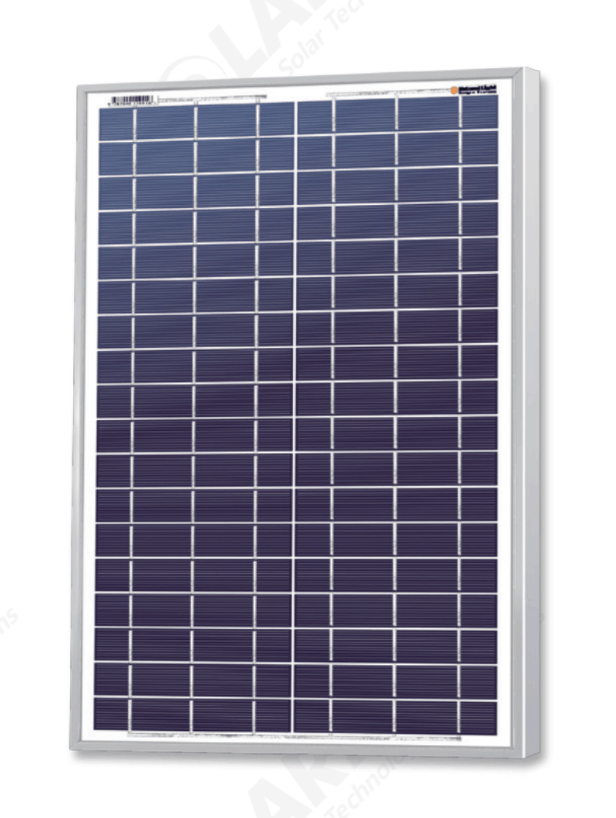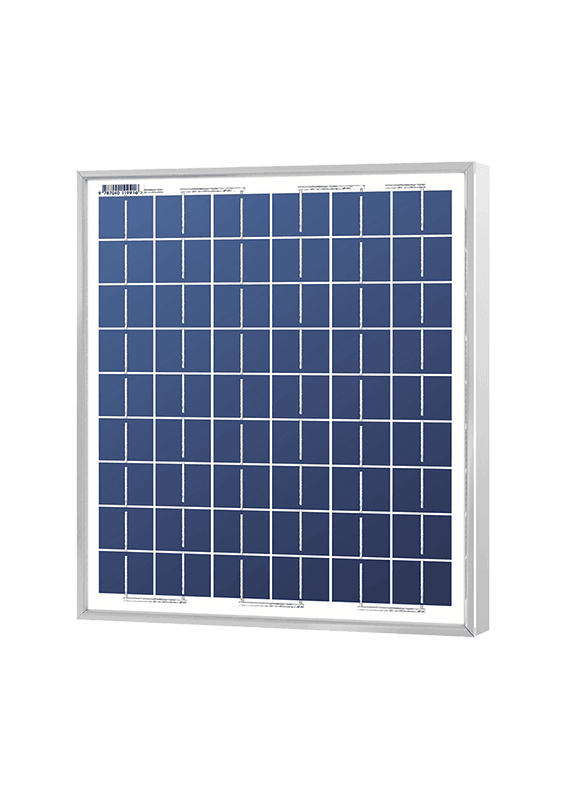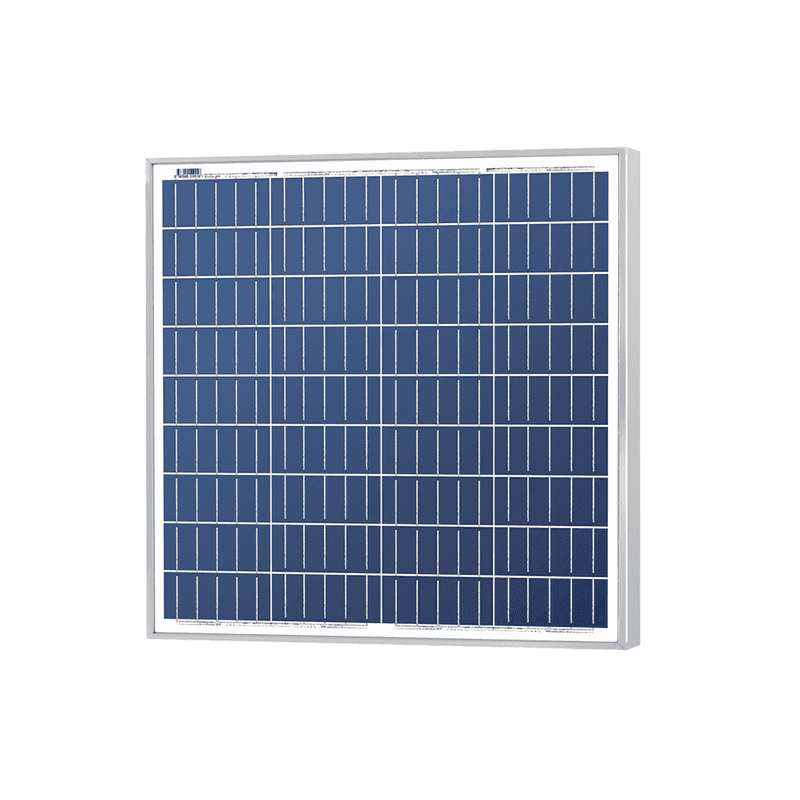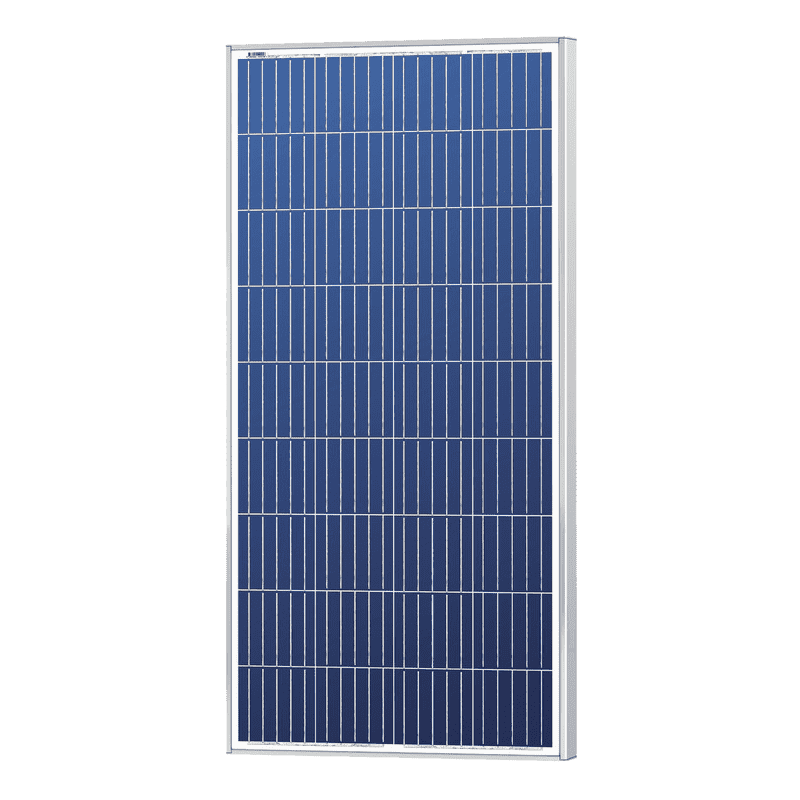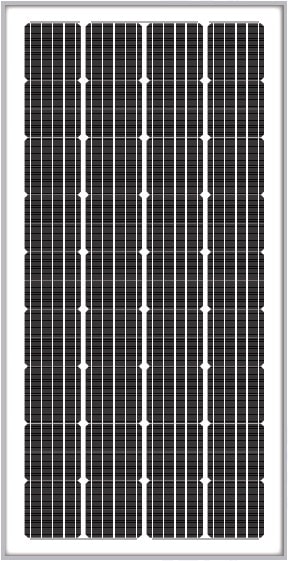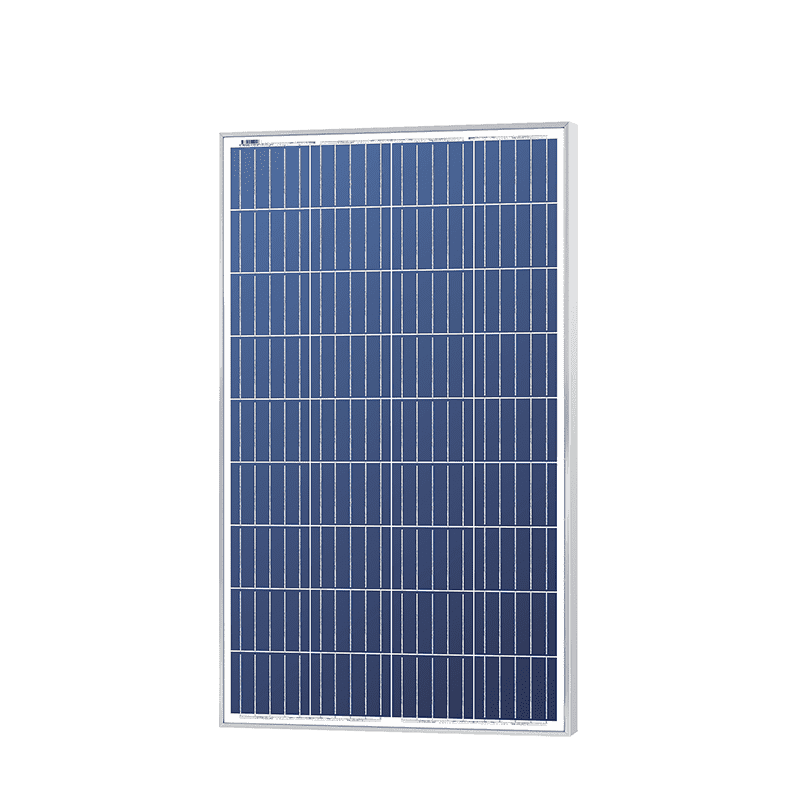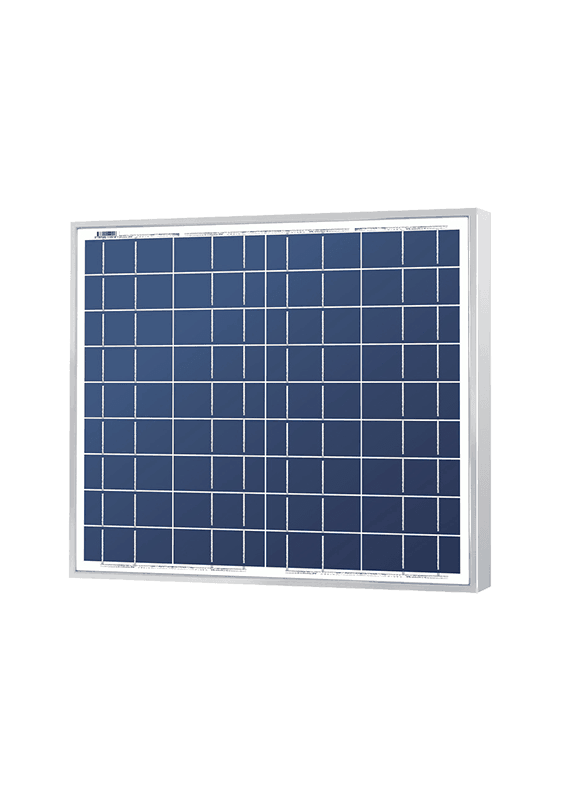Showing all 15 results
Solar Panels
Unbound Solar offers a wide selection of solar cells for sale. We carry all the major solar panel types in the top brands, so you can buy solar panels that will perfectly fit your system. Utilizing solar energy through solar panels for sale lowers the monthly energy bill with solar power, increases the value of homeowners‘ houses, and reduces your carbon footprint. Through its high efficiency and durability, you have peace of mind the investment will last, and there is a warranty available as well. When you buy solar panels, they are easy enough to install yourself or hire installers to do the work for you! Regardless if you choose to DIY it or employ a company, make sure to get the right solar panel kit with the right wattage and volt for your existing solar panel system and maximum power output.
Solar Cells
With years of service and experience, Unbound Solar is proud to offer the best solar panels for sale available. With so many options to choose from, you can buy solar panels that are monocrystalline, polycrystalline, off-grid, or flexible solar panels. Our available solar cells for sale ensure you get quality solar panel efficiency, reasonable pricing, and knowledgeable customer service to help you order the right kit. Check out our solar panels, find the right one for your home, and join in using renewable energy.


